The acronym LGBTQ+ has brought visibility and representation to many, but it doesn’t capture the full spectrum of human sexual diversity. If you don’t feel quite at home within the traditional categories, maybe one of these lesser-known orientations resonates more closely with your experiences.
1. Pansexual

Pansexuals are attracted to individuals regardless of their gender. This orientation is about emotional and physical attraction that transcends gender boundaries, embracing all identities.
2. Asexual

If you rarely or never experience sexual attraction to others, asexuality might describe you. Asexual people can still have romantic relationships and deep connections, but they do not feel sexual attraction.
3. Demisexual

Demisexuals only experience sexual attraction after forming a strong emotional bond. If you need a deep connection to feel sexually attracted, this might be your orientation.
4. Graysexual
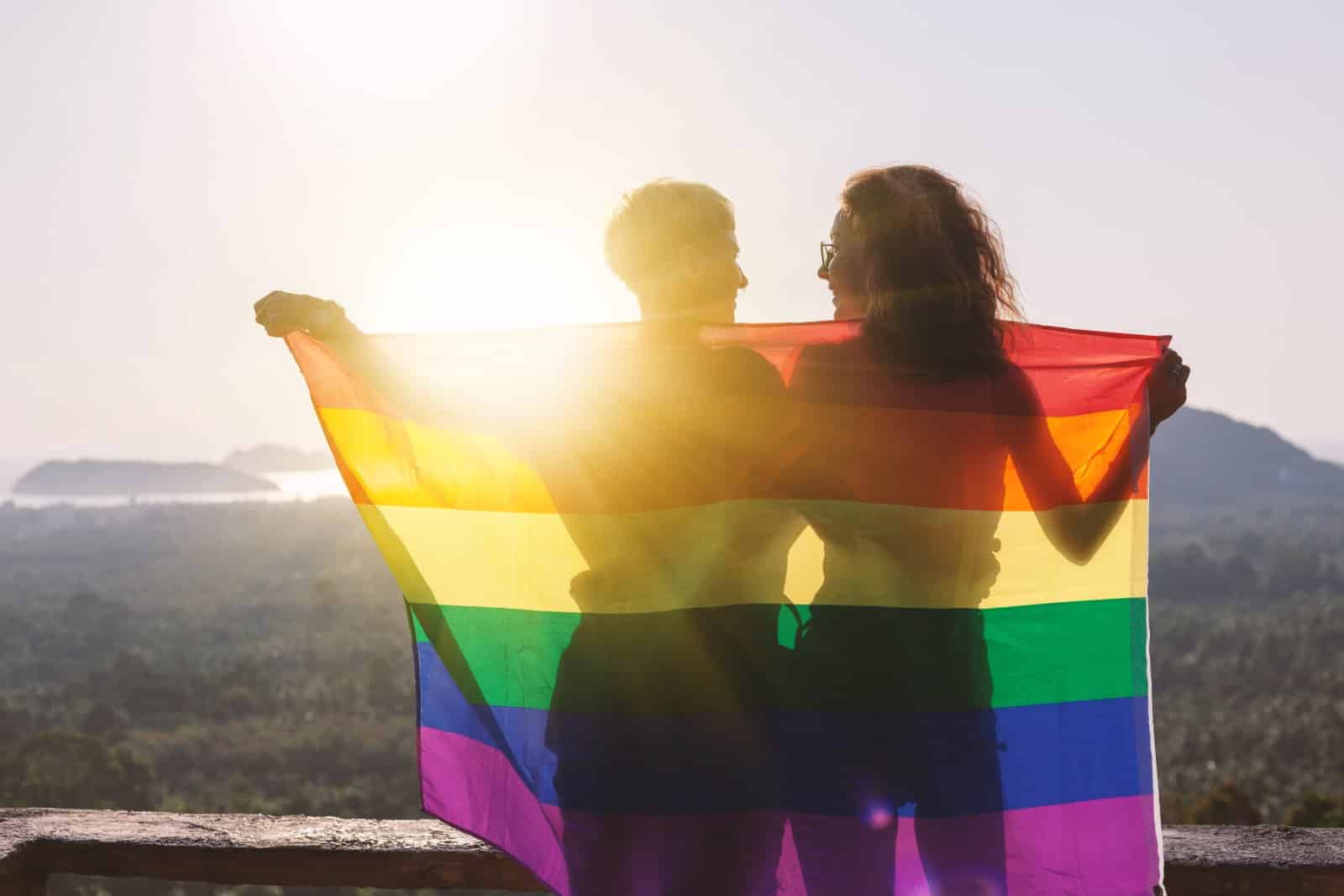
Graysexual—or gray-asexual—refers to those who occasionally experience sexual attraction but usually don’t. If you find yourself between asexual and sexual, this might be where you fit.
5. Polysexual

Polysexual people are attracted to multiple genders but not necessarily all. This can be confusing with bisexuality, but polysexuality explicitly acknowledges attraction to multiple, though not all, gender identities.
6. Skoliosexual

This orientation is specifically toward non-binary, transgender, and genderqueer individuals. If you find yourself attracted to people who don’t conform to traditional gender norms, skoliosexuality might resonate with you.
7. Sapiosexual
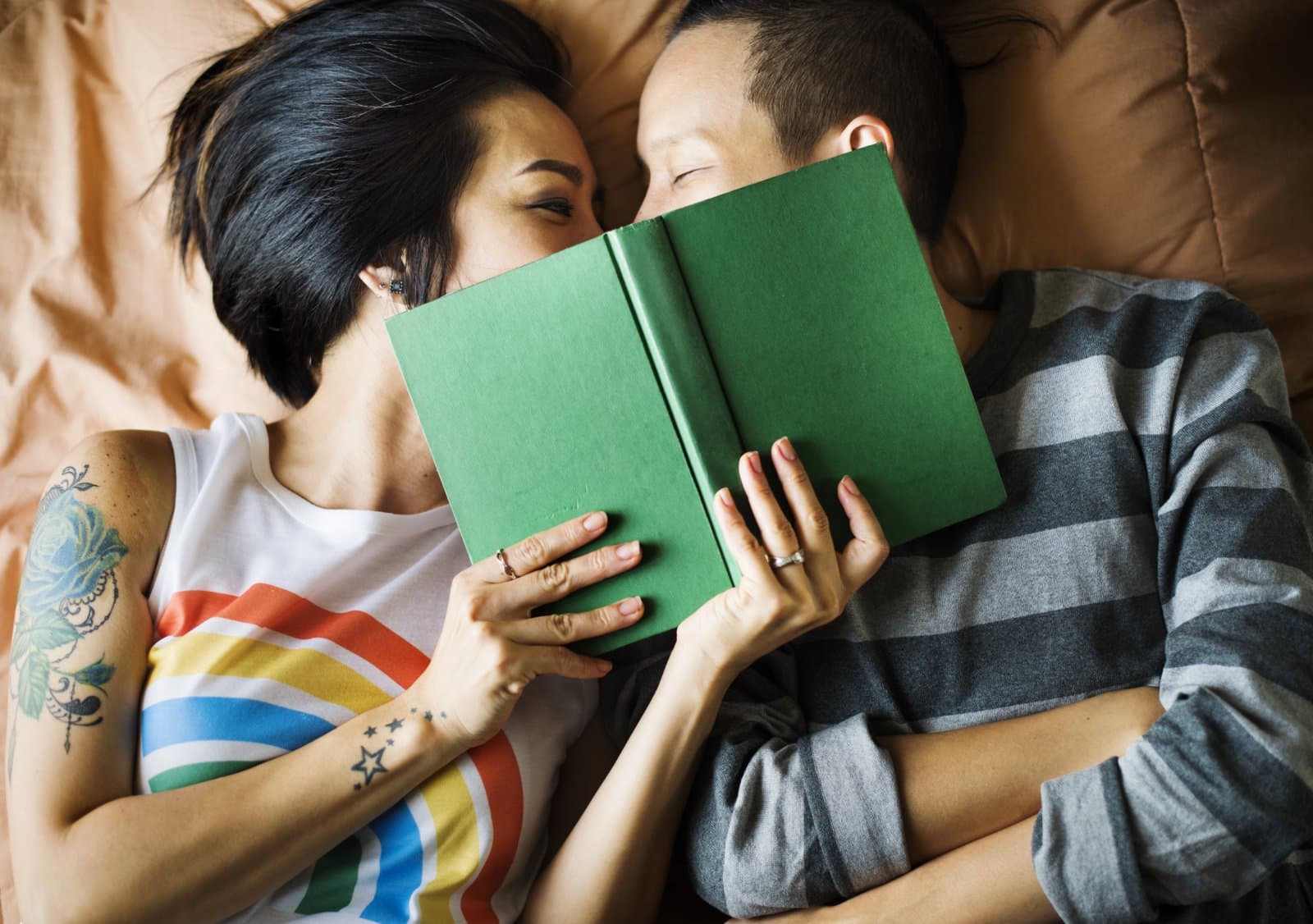
Are you attracted to intelligence before anything else? Sapiosexuals find intelligence to be the most significant and sexiest trait in a partner.
8. Androsexual

Androsexuals are attracted to masculinity, regardless of the gender identity of the person embodying these traits. It focuses more on the qualities rather than the biological sex.
9. Gynesexual

Similar to androsexual, gynesexuals are attracted to femininity or female qualities, again regardless of the person’s gender identity.
10. Autosexual

Do you find yourself attracted to yourself? Autosexuals experience this unique orientation where the primary object of attraction is oneself. Relatedly, autogynephilia describes a male’s paraphilic tendency to be aroused by the thought of themselves as a woman, which can overlap with autosexual feelings..
11. Omnisexual
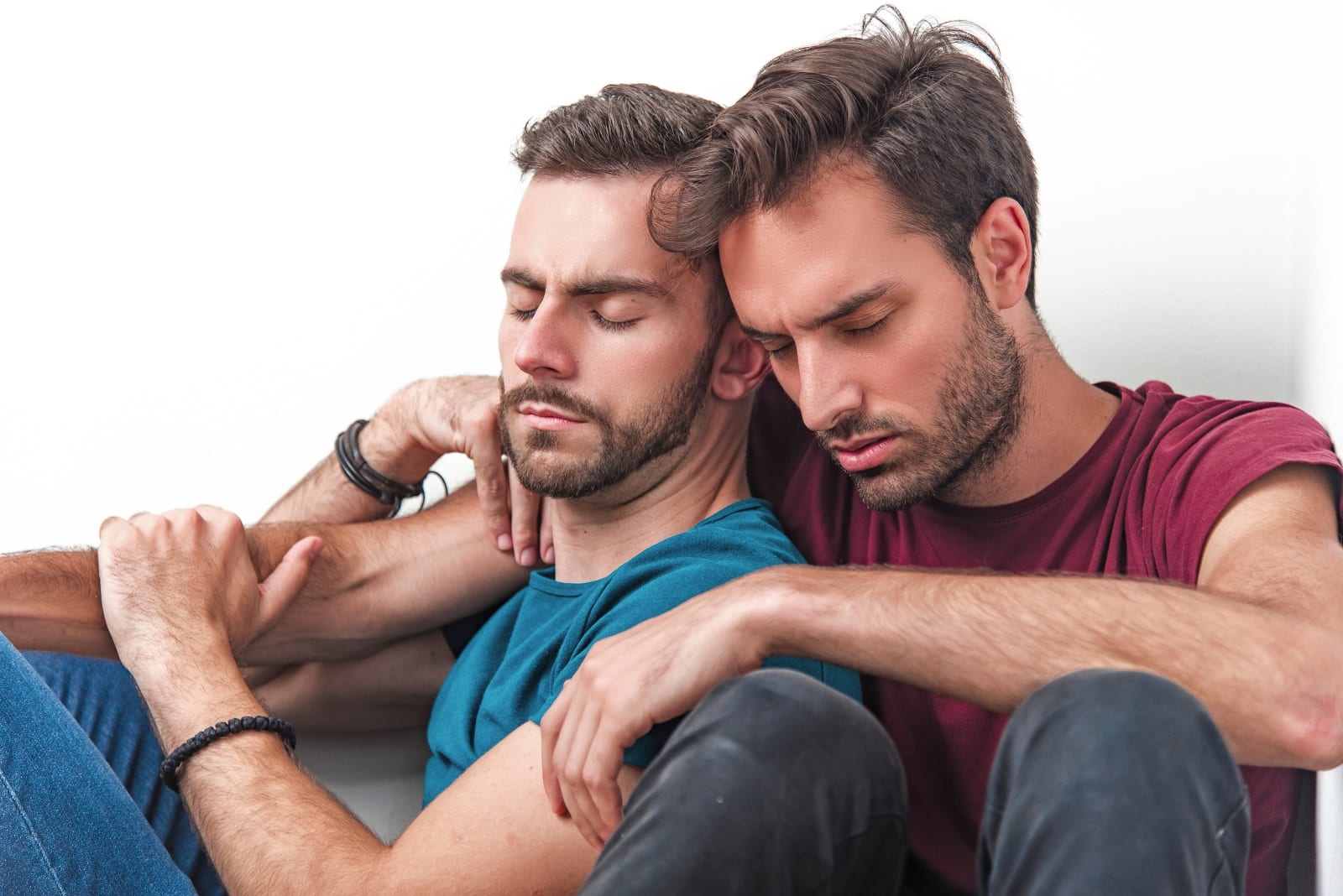
While similar to pansexual, omnisexuals recognize and are attracted to the differences in gender, seeing each as a unique aspect of a person’s identity.
12. Heteroflexible and Homoflexible

These terms apply to individuals who are mostly heterosexual or homosexual but occasionally find themselves attracted to a person of a different gender.
13. Aromantic

Not to be confused with asexuality, aromantics do not experience romantic attraction to any gender, though they might still enjoy sexual or platonic relationships.
14. Allosexual
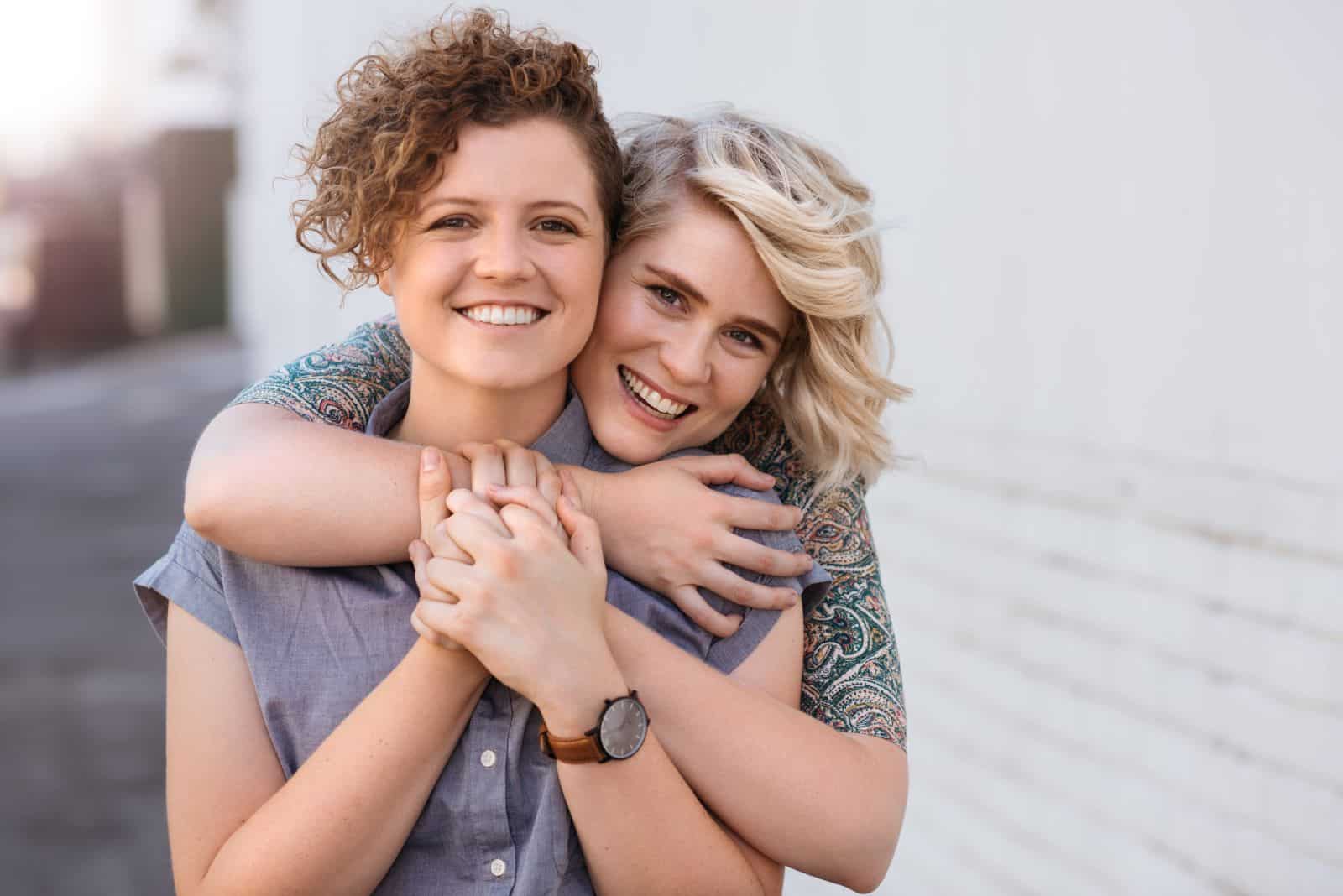
Simply put, allosexuals experience sexual attraction. The term is used to describe those who are not asexual, encompassing a range of more specific orientations.
15. Lithsexual

Lithsexual individuals might feel sexual attraction but do not desire it to be reciprocated. Some lithsexual people also identify as asexual.
16. Akiosexual

This orientation describes individuals who experience a sexual attraction that fades once it is reciprocated. It’s distinct from lithsexuality due to the responsive nature of the attraction.
17. Queer
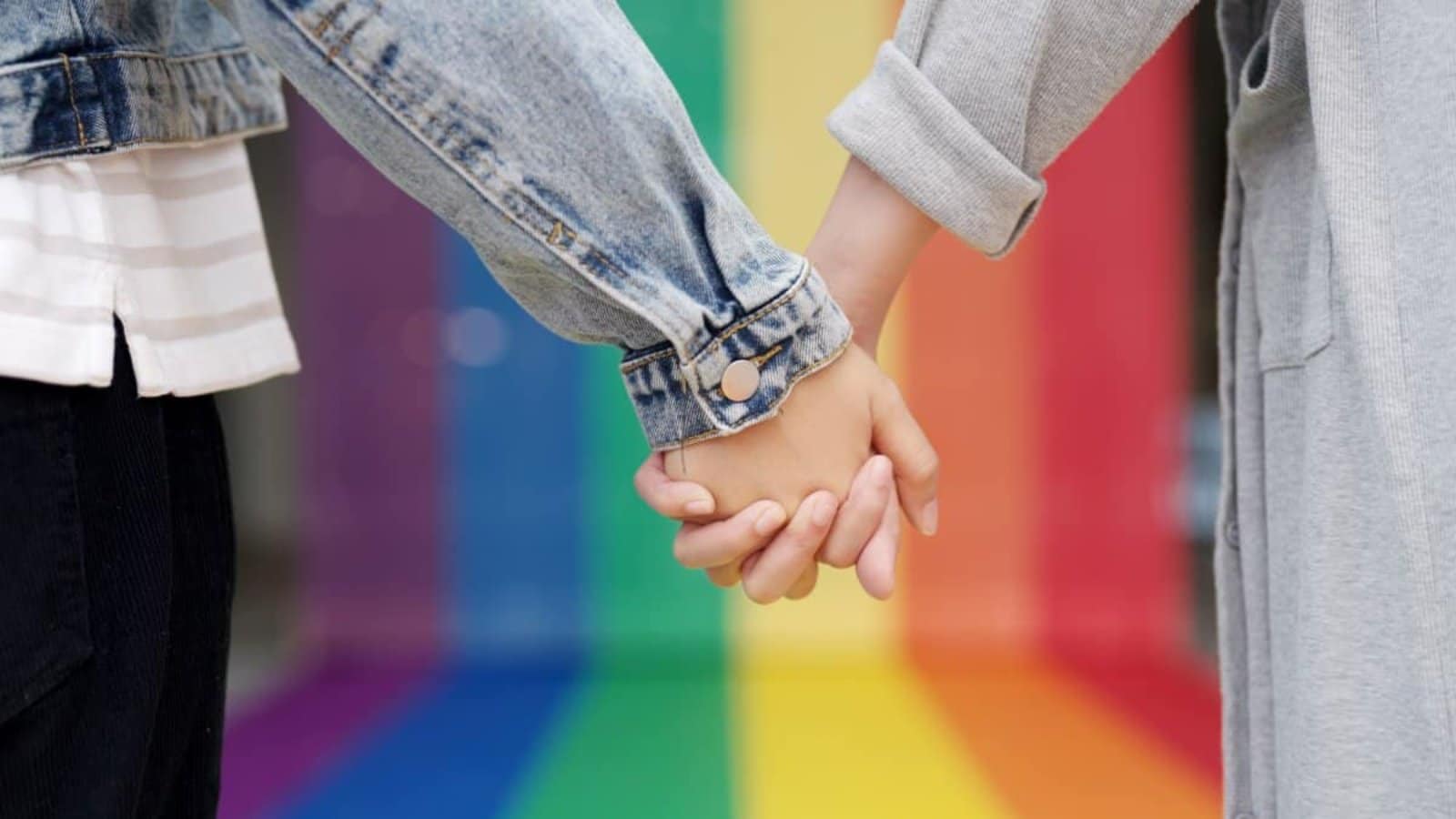
Queer is a broad term for those who don’t adhere to conventional sexual orientations or gender identities. It’s particularly useful for those who feel that no other label fits.
18. Neutrois

Neutrois is a non-binary gender identity that is considered neutral or null. It can accompany a variety of sexual orientations and describes a gender experience rather than an attraction.
19. Quoiromantic

Also known as WTFromantic, quoiromantic individuals find traditional distinctions of romantic attraction to be inapplicable or confusing in their own experiences.
Your Identity Is Valid
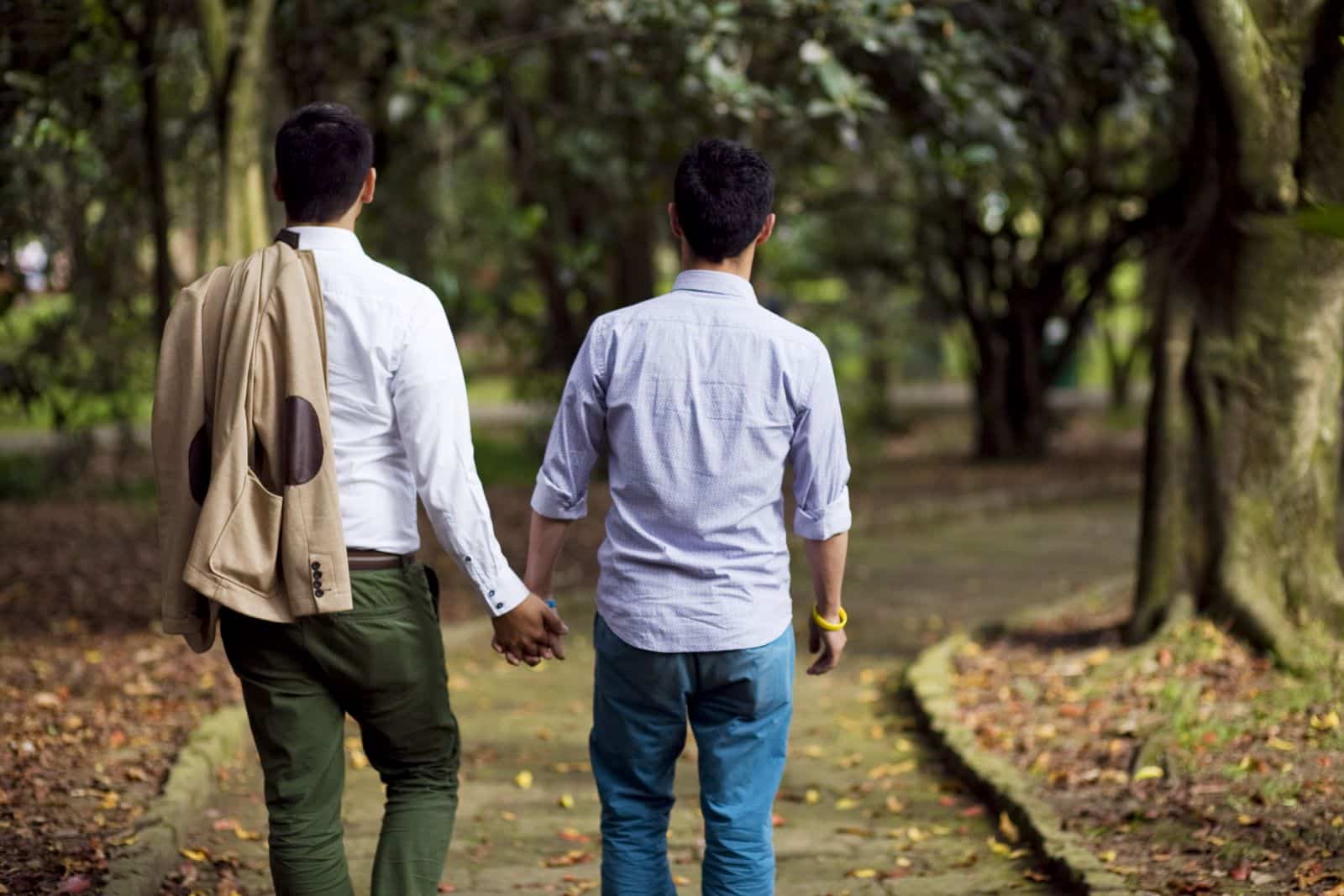
Feeling connected to a sexual orientation or gender identity label can be validating and empowering. Remember, it’s okay if none of these fit perfectly — or if more than one does. Your experiences are unique, and your identity is yours to define.
The post The Broader Spectrum: Recognizing Sexual Identities Beyond LGBTQ+ first appeared on Lists Lovers.
Featured Image Credit: Pexles / Amir Ghoorchiani.
For transparency, this content was partly developed with AI assistance and carefully curated by an experienced editor to be informative and ensure accuracy.

